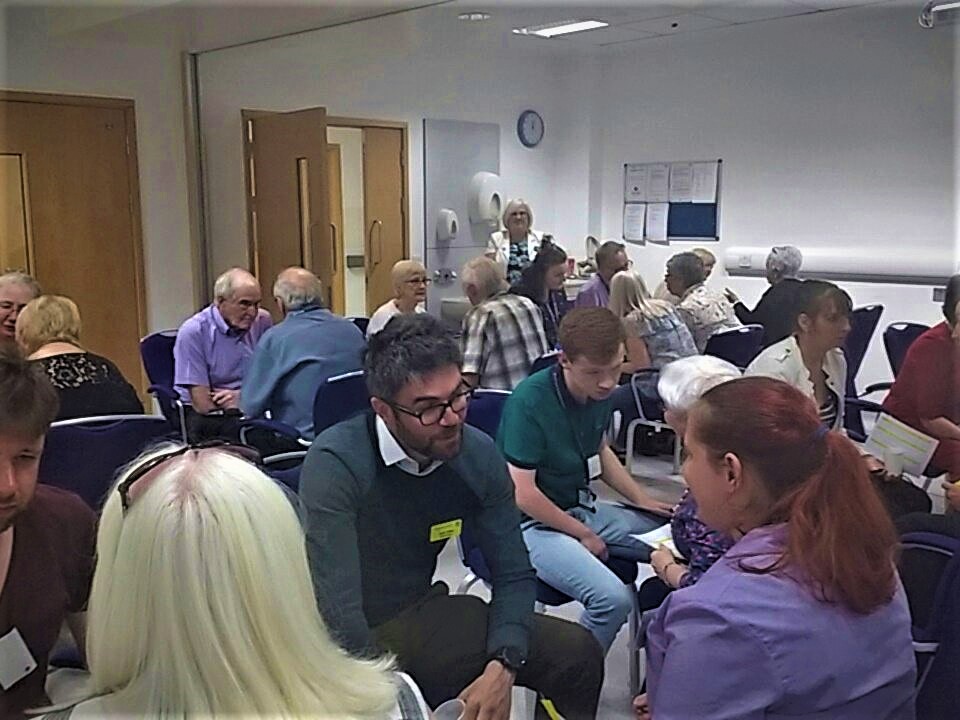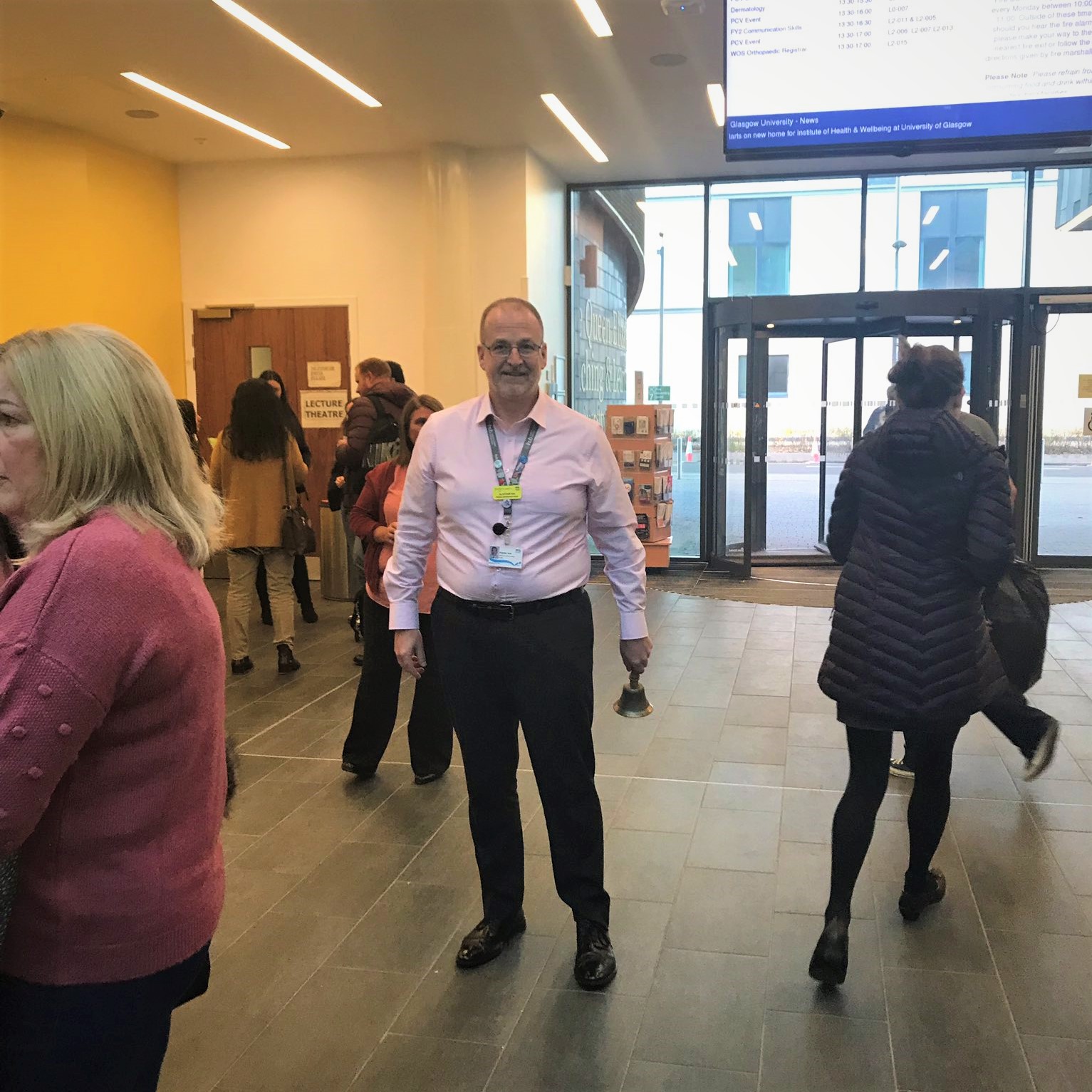Speed networking
Speed networking involves participants gathering together to exchange information and develop connections with others in a short timeframe.
It is a workshop format designed to increase the number of people that attendees speak with at an event.
Resources needed
- Time to do: each session lasts between 2 and 6 minutes, with the whole workshop lasting for a maximum of 1 hour. Station-based approach requires most planning. Group-based approach needs longest time.
- Staff: facilitator
- Cost: £
- Equipment: timer, bell or buzzer
Suitable for
- one-to-one
- small groups
- large groups
- face-to-face
How to do it
Speed networking is based on 3 models:
- Round robin - meeting random participants one-on-one sequentially.
- Stations-based - meeting with specific participants for example at information stalls.
- Group-based - meeting with a preselected speaker at a table.
Round robin
- Arrange chairs in the room in 2 circles or facing rows.
- Get participants to choose their seat at random
- Advise participants of the time limit to talk to the person seated opposite and which side of the circle or row will move one seat along when the time limit is reached.
- Use a bell or buzzer to signal when participants should move.
- Participants introduce themselves to the person opposite them. Depending on your workshop you may have focused questions or topics that you wish attendees to discuss.
Stations-based
- Before the event, ask participants questions regarding their topics of interest and/or what organisations they would like to speak with.
- The event organiser matches the attendees with the relevant organisation or topic speaker in advance
- Speakers are set up at stations, which can take the form of information stalls in order for networking to continue to happen throughout the day. They should be given a list of the participants that they are going to speak to during the speed networking workshop.
- On arrival, give attendees a list of the stations they have been assigned to and when they should visit them.
- The facilitator should explain the process at the start and announce the time to move on with a bell or buzzer.
Group-based
- This is useful for large events with multiple tables, each with between 4 and 10 participants.
- Each table has a nonimated leader who gives a short talk about their organisation or topic of interest.
- When the facilitator announces time to move on, only the table leaders move places.
- Alternatively, participants at the table can network with each other, with each person speaking for 2 to 5 minutes before moving to the next.
Advantages
- Fast-paced method
- Ensures that participants speak with more people than they would in a traditional event.
- Can encourage the sharing of contact details, if appropriate, therefore widening people's connections.
- Allows members of the public to gain an understanding of a wide range of services or topics being discussed at an event.
- Can be used to discuss a specific topic or just to break the ice between people.
Challenges
- Participants may be deep in conversations so keeping to time can be challenging and requires a strong facilitator.
- If workshop is delivered in a smaller space the noise from the conversations can be loud.
- It allows for a large number of conversations but it does not allow those conversations to go deeper or longer, during the workshop at least.
Gallery


